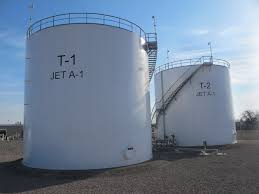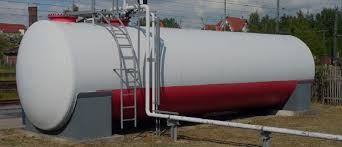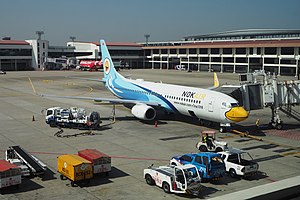Jet / Aviation Fuel(JP54 & Jet A1)
TKE Service To You
Jet/Aviation Fuel
Jet / Aviation Fuel?
Jet fuel is a type of aviation fuel specially designed for aircraft usage, powered by gas-turbine engines. It is colourless to straw-coloured in appearance. It is a mixture of a large number of different hydrocarbons. The range of their sizes (molecular weights or carbon numbers) is defined by the requirements for the product, such as the freezing or smoke point.
The Nigerian jet fuel business has grown in recent years, with about 1.1 billion litres sold in Nigeria in the year 2015.
Types of Jet / Aviation fuel
a) Jet A: Jet A is a Kerosene/gas blended jet fuel.
b) Jet B: Jet B is a fuel in the naphtha-kerosene region used for its enhanced cold-weather performance. However, Jet B’s lighter composition makes it more dangerous to handle. For this reason, it is rarely used, except in very cold climates. A blend of approximately 30% kerosene and 70% gasoline, it is known as wide-cut fuel. It has a very low freezing point of −60 °C (−76 °F), and a low flash point as well. It is primarily used in some military aircraft.
c) Jet A-1: While almost identical to Jet A, it has a lower freezing point and an anti-static additive. It is the international standard of jet fuel.
d). JP54: Jp54 is Jet fuel A1, Colonial Grade 54.



Mode Of Trade.
TKE trade process spreads across CIF, FOB, TTO, and TTT, depending on the buyer’s preference.
Here’s what they entail:
1). Cost Insurance and Freight (CIF): Here, the seller will handle everything from loading the vessel, paying for insurance, and sending the product to wherever the buyer wants it delivered.
2). Freight On Board (FOB): Here, the seller pays for the transportation of the goods to the port of shipment, plus loading costs, while the buyer pays the cost of marine freight transport, insurance, unloading, and transportation from the originating port to the final destination.
3). Tanker Take Over (TTO): Here, the buyer will take over the vessel, offload the product at their destination, and return it.
4). Tanker To Tanker (TTT): Here, the buyer uses their own vessel, long sides with the seller’s vessel, and then the cargo is transshipped when the transaction is fully settled.


